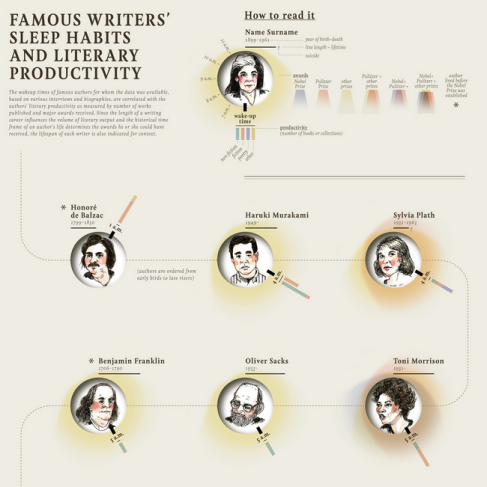
STRASSER, Todd. Fallout. Candlewick. 2013. ISBN 9780763655341. JLG Level: C : Advanced Readers (Grades 6–9). It’s 1962. Every day at school you hear rumors of attack by the Russians. Bombs are coming! Your teachers train you to duck under your desk. You learn to cover your face with your arms to protect you from nuclear fallout. Your father prepares for the worst by building a bomb shelter. Food and water, along with emergency supplies, will keep your family protected until it’s safe to come out. People laugh at your doomsday attitude. Then the sirens go off. Your family of four heads for the shelter. The problem is that your family has theonly shelter. Can you really shut everyone out, knowing that outside will surely lead to death? If you let them in, food for four will have to be shared among more. How long can your family last then? Don’t miss Fallout, a what-if tale that asks the really hard questions.
Author Todd Strasser uses his personal experience to create an end-of-the-world historical revision tale about the Cuban Missile Crisis. On his website, he shares his personal pictures of his family fallout shelter. An official Fallout website has great resources including a tab on memories of 1962 (with a link to the Duck and Cover movie). The Candlewick book page features curated links to multiple resources. Be sure to listen to the audiobook sample and check out the ready to use discussion guide. You might also view Jenny Sawyer’s Book of the Week. While it’s not a book trailer, it will surely get your student’s interested in reading the novel. Pair this title with The Fire-Eaters (Delacorte, 2004) by David Almond;Rex Zero and the End of the World (Farrar, 2007) by Tim Wynne-Jones or Countdown (Scholastic, 2010) by Deborah Wiles. Check out Wiles’s Countdown Resources Board on Pinterest.
 WESTRICK, A. B. Brotherhood. Viking. 2013. ISBN 9780670014392. JLG Level: C : Advanced Readers (Grades 6–9). It’s been three years since the War Between the States ended, yet the Southerners in Richmond still feel like they’re under siege. The Yankees control the Reconstruction era, keeping law and order. Freed slaves now walk the streets and compete for jobs of white men. A secret group organizes, vowing to protect the elderly and widowed. When Shad trails his older brother Jeremiah one night, he is forced to join the Brotherhood. Little did he know, the secret group is the Richmond KKK. Falling into an opportunity to learn to read at a Negro school?, the young boy decides to take the risk, knowing that going to that school will be dangerous for a white person. Shad begins to agonize over the KKK he swore to follow and what he knows is right. Westrick lives near Richmond, Virginia and walked the streets that led to her wondering about her own Southern ancestors. Readers can find out more about this debut author by reading her website and learn about the craft of writing on her blog. An excellent historical novel to use in the classroom, there’s also a free discussion guide. Reflecting the attitudes of the period, students will have much absorb on post-war civil rights. Viewing the book trailer also sets the stage for conversation. Be sure to check out the Blendspace page on Brotherhood. It’s an amazing resource in using the title as a collaborative effort.
WESTRICK, A. B. Brotherhood. Viking. 2013. ISBN 9780670014392. JLG Level: C : Advanced Readers (Grades 6–9). It’s been three years since the War Between the States ended, yet the Southerners in Richmond still feel like they’re under siege. The Yankees control the Reconstruction era, keeping law and order. Freed slaves now walk the streets and compete for jobs of white men. A secret group organizes, vowing to protect the elderly and widowed. When Shad trails his older brother Jeremiah one night, he is forced to join the Brotherhood. Little did he know, the secret group is the Richmond KKK. Falling into an opportunity to learn to read at a Negro school?, the young boy decides to take the risk, knowing that going to that school will be dangerous for a white person. Shad begins to agonize over the KKK he swore to follow and what he knows is right. Westrick lives near Richmond, Virginia and walked the streets that led to her wondering about her own Southern ancestors. Readers can find out more about this debut author by reading her website and learn about the craft of writing on her blog. An excellent historical novel to use in the classroom, there’s also a free discussion guide. Reflecting the attitudes of the period, students will have much absorb on post-war civil rights. Viewing the book trailer also sets the stage for conversation. Be sure to check out the Blendspace page on Brotherhood. It’s an amazing resource in using the title as a collaborative effort.












